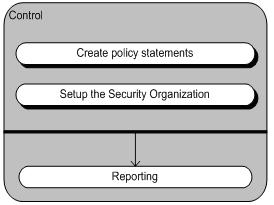01) There is no clear legislation that sets out your rights to receive a refund if your bank account is fraudulently emptied due to mobile bank app insecurity. The burden of proof seems to be on the user to protect their handset, operating system, software, mobile operator infrastructure and everything else in the “chain” of the transaction.
02) Of course you want to be able to use WiFi hotspots, this means you are in most cases operating on an insecure wireless network. It’s so easy for “bad guys” to sniff the air with a free utility and read your details.
03) Most users have not even set up a basic passcode on their devices (smartphones). Therefore if some gets access to the device, they have potentially access to their bank account.
04) Most app stores do not test the security of apps. It is very easy for the “bad guys” to put Malware in the apps that can steal information from your device or other apps on your phone/device (e.g. banking app). Or it can happen when the app updates.
05) Most Smartphone device users have not installed security software on their device. Therefore they have less security than comparing to a laptop or PC with security software installed.
06) The average Smartphone users does not regularly perform OS (Operating System) updates. Many of these updates are critical security patches.
07) Due to performance issues, many of the lower cost handset manufacturers are disabling security features in order to improve performance of the device.
08) Malware on the Android platform smartphone alone has gone up over 400% in the last year
09) The technology that keeps apps separate on device does not separate them out into private sandboxes. This means that one app can read the details stored in another app without much difficulty.
10) ) If you check the T&C’s (terms and conditions) from local banking app and they may want you to grant permission for the app to know your phone location (GeoIP).
Related articles
- Simple ways to secure your online banking (fidelity.com)
- Cybercrime: Mobile Changes Everything – And No One’s Safe (wired.com)
- Smartphone Security: 5 Tricks that Will Help Keep Your Phone Secure (epicagear.com)
- FBI issues 13-point smartphone safety guide (mobot.net)
- How best to manage a mobile banking account | CreditRepair.com (creditrepair.com)
- McAfee reveals security flaws of smartphones calling Android devices the worst (theinformativereport.com)






![Reblog this post [with Zemanta]](http://img.zemanta.com/reblog_e.png?x-id=1119f164-7e48-4ad2-b112-d80cd3808a1d)


